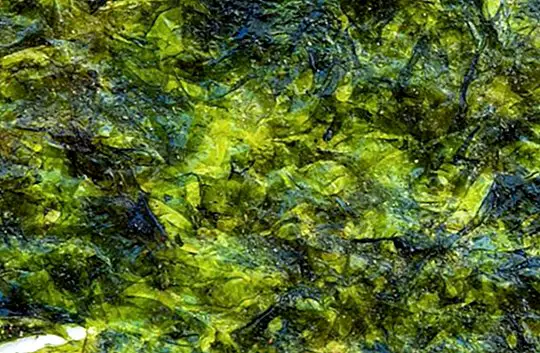Tenosynovitis: inflammation of the sheath of the tendons. Symptoms, causes and treatment
The tenosynovitis is a Tendinitis caused by inflammation or thickening of the sheath that lines or surrounds the tendons. Tendons that tend to be affected by tenosynovitis are the tendons of the wrist, hands and feet, although the condition can occur in any pod that becomes inflamed.
The causes for this inflammation can be several: overload, repetitive movements, injury, diseases (such as rheumatoid arthritis, psoriasis, diabetes or infection), as well as certain jobs (such as waiter, packers, packers or use). usual computer mouse).

Tenosynovitis affects women more than men and the range of age in which it is presented is between 30 and 50 years. This condition can also occur as a result of a cut in the hands or wrists and that is infected and surgery may be needed.
What are the symptoms of tenosynovitis?
The symptoms that can alert us to a possible infection are fever, redness, inflammation and before these symptoms you have to go to the doctor without delay because you need treatment and sometimes surgery to clean pus around the tendon .
The symptoms of tenosynovitis can be several such as:
- Pain around the affected joint, wrist, hand, foot, ankle,
- Pain when moving the joint.
- Pain, difficulty moving or stretching a limb or joint.
- Numbness.
- Rigidity.
- Loss of strength
- Weakness.
- Redness along the tendon.
- The appearance of a red vein on the wrist, hand, or foot.
- Fever (in case of a cut or puncture).
The tests to detect tenosynovitis is the physical examination in which the doctor checks touching the tendon, stretching it, and observing if one movement causes pain or another.
If you have any doubts, radiography or ultrasound will be done in case of osteoarthritis, fractures, swelling, or a cyst, as well as to see the thickening of the tendons.

Treatment of tenosynovitis
The treatment usually prescribed is mainly rest, relieve pain, rest the affected tendons so you have to suspend work or activity that has caused it.
To reduce both inflammation and pain is good and helps improve the application of cold or heat in the affected area.
Sometimes the placement of a splint is necessary to immobilize the affected tendons. To reduce inflammation and relieve pain, the doctor usually prescribes oral anti-inflammatories such as ibuprofen, for complicated cases corticosteroid infiltrations are usually prescribed.
When the improvement lengthens, rehabilitation, massage, ultrasound or any other physiotherapy treatment may be necessary.
The expectations of cure are good because most people affected with tenosynovitis usually recover well after having followed the treatment. In some cases the tenosynovitis reappears when the treatment and the advised rest have not been followed correctly and overload the tendon.

In these cases they would be considered chronic conditions in which the tendon ends up being damaged making the recovery slower and more painful.
Once we have recovered to prevent a possible relapse or appearance of the lesion, it is advisable to perform exercises aimed at strengthening the muscles that surround the tendon affected by tenosynovitis.
Since we notice or suspect that we are suffering from this condition, we should see the doctor because untreated tenosynovitis will have complications such as tearing or rupture of the tendon or that the affected joint becomes rigid.
In the case that tenosynovitis occurs with infection in the tendon if it is neglected, it may result that the infection spreads to other parts of the body, which would be a risk to our health and the limb that has been affected by tenosynovitis. This article is published for informational purposes only. It can not and should not replace the consultation with a Physician. We advise you to consult your Trusted Doctor.


